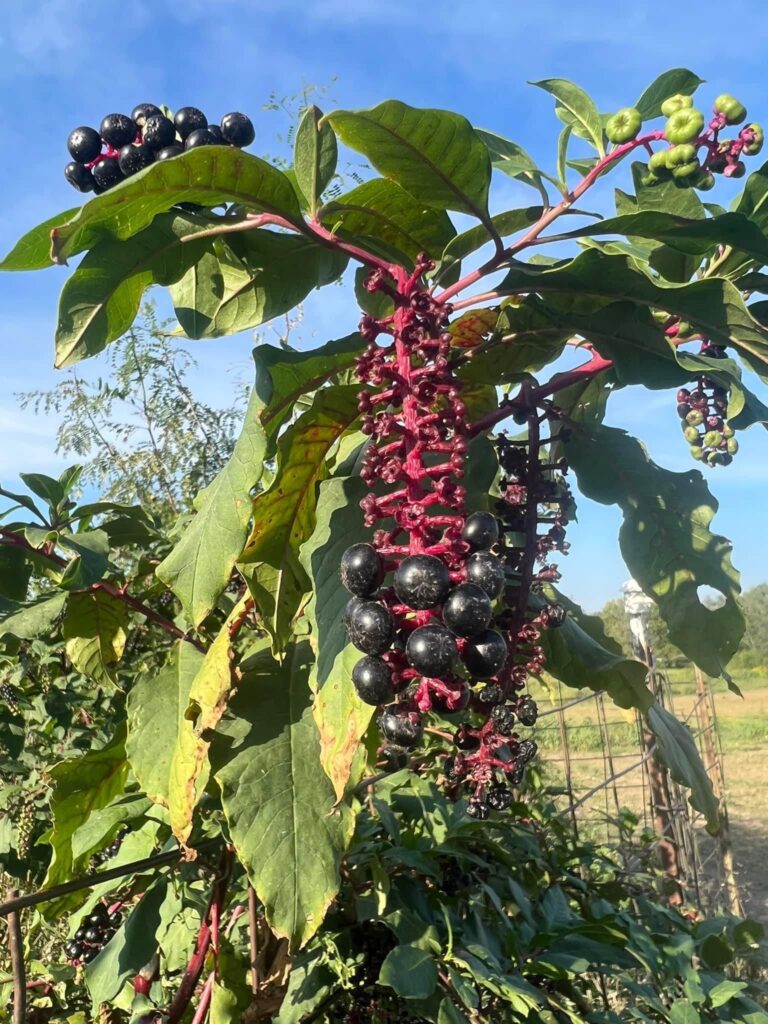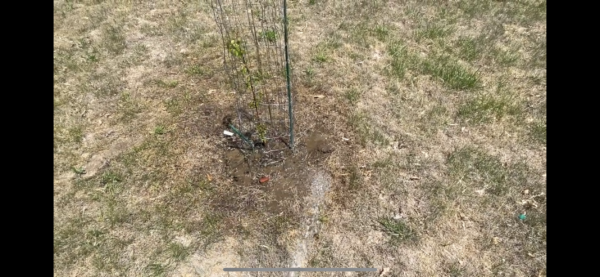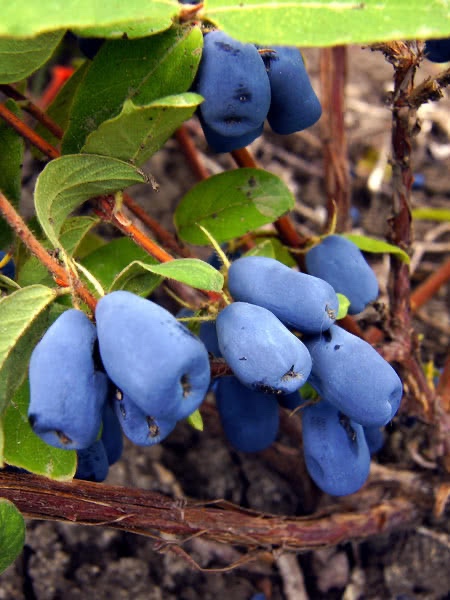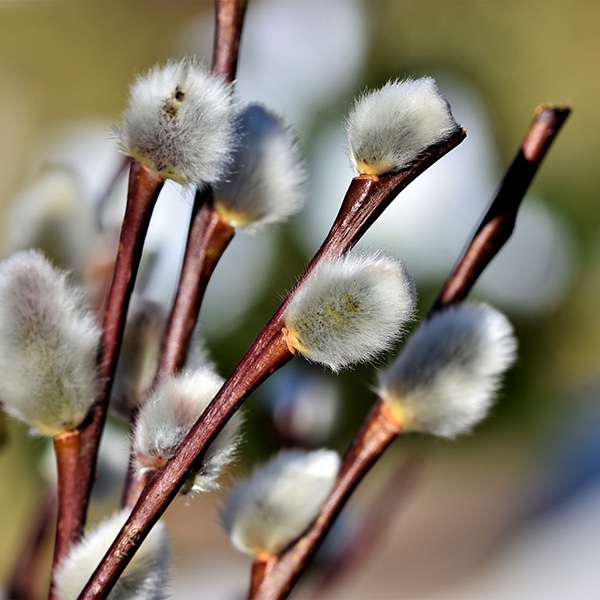Poke weed, scientifically known as Phytolacca americana, is a perennial plant native to the eastern parts of North America. Its striking appearance and historical uses make it an intriguing species, but it’s essential to handle it with knowledge and caution.

Appearance: Recognizing the Plant
Poke weed grows as a large shrub or small tree, often reaching heights of up to 10 feet. Here’s how to identify it:
- Leaves: The plant sports simple, alternate leaves that are lanceolate (shaped like a lance’s tip) and can be up to a foot long.
- Stem: The smooth stem turns reddish or purplish as it matures.
- Flowers: It has small, greenish-white flowers that grow in elongated clusters called racemes.
- Berries: As the plant matures, these flowers give way to deep purple-to-black berries that are quite juicy.
Is Poke Weed Dangerous?
The simple answer is yes, especially if ingested without proper preparation.
- Toxins: All parts of the plant, especially the roots, contain compounds that can be toxic to humans and animals when ingested. These toxins can lead to symptoms like vomiting, diarrhea, convulsions, and in severe cases, respiratory failure.
- Berries: While the ripe berries are less toxic than other parts of the plant, they can still be harmful, especially to children who might be attracted to their juicy appearance.
Traditional Uses
Despite its toxicity, poke weed has a rich history of use:
- Medicinal: Native Americans and early settlers used small amounts of poke root for medicinal purposes, such as to treat arthritis and various infections. However, due to its toxic nature, it’s not recommended for modern medicinal use without expert guidance.
- Ink and Dye: The plant’s berries were used historically to make a reddish-purple dye or ink.
What To Do With It
If you find poke weed growing in your garden or property, here are some steps to consider:
- Caution: Ensure children and pets do not ingest any part of the plant.
- Removal: If you consider the plant a risk, it’s best to remove it. Wear gloves and ensure you remove the roots to prevent it from growing back.
- Cooking: Some southern U.S. traditions involve eating the young leaves of poke weed, commonly referred to as “poke sallet.” However, they must be boiled in water multiple times to reduce the toxins, and even then, consumption is risky and not universally recommended.
Poke weed is a plant of contrasts: visually appealing yet potentially harmful. While it has played a role in traditional medicine and culinary practices, it’s essential to approach it with caution and knowledge. If you’re unsure about the plant or its safety, it’s always best to consult with an expert or local botanist.
As an Amazon Associate we earn from qualifying purchases through some links in our articles.




